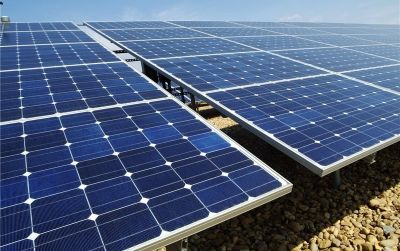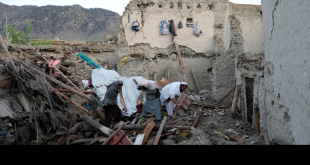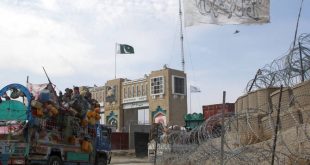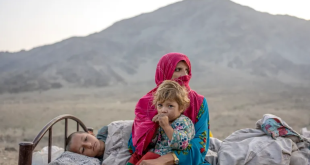AT News Report-KABUL: Minister of Finance, Eklil Hakimi on Sunday signed a $44.76 million grant agreement with Samuel Tumiwa, CEO of the Asian Development Bank to build the first solar power plant for the purpose of expanding renewable energy in Afghanistan.
“Afghanistan needs a source of sustainable energy. In this regard, the solar-powered energy offers promise in Afghanistan to meet the needs of the communities. Further, considering 300 sunny days per year with free solar irradiation to generate solar power, it makes Afghanistan an attractive country for implementing solar power projects, Hakimi was quoted as saying in a statement issued by Minister of Finance.
“The demand for power is rapidly growing in all over Afghanistan and insufficient energy supplies severely constrain economic development and income opportunities in this country”, said Samuel Tumiwa, ADB Country Director for Afghanistan.
“The new on-grid solar power generation project, which is the largest of its kind in Afghanistan, will not only provide access to a clean and reliable power supply in Afghanistan, but also create an environment for the future investments in this area through public-private partnerships.”
Afghanistan’s renewable energy resource potential is estimated to be over 300,000 MW, consisting of solar (222,849 MW), wind (66,726 MW), hydro (23,310 MW), and biomass (4,000 MW).
The project will finance the construction of a 20 MW on-grid solar photovoltaic plant in Naghlu which is located in the capital Kabul’s Surobi district, the statement added.
The project will partially and quickly fill the demand-supply gap and improve sustainability of the northeast grid covering the capital Kabul and Jalalabad province.
In addition, the project will provide power transformer and support facilities, upgrade the capacity of the existing substation, and Operation and Maintenance (O&M) services for 3 years. The project will also prepare the site and substation to accommodate 10 MW of additional PV plant for the future financing, the statement added.
The project may be expanded to 30 or 40 MW if additional financing from other development partners or the private sector comes is realized.
 Afghanistan Times
Afghanistan Times




